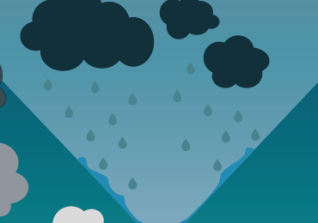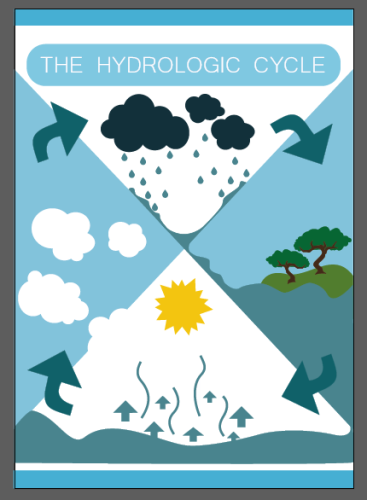After I made two possible versions of the final poster, the only thing that was left that I had to do, was to decide for one. Even though I would have been fine with both, I decided for the one with the simpler heading. I did that because I did not want to draw any attention from the poster itself, as well as I thought that the design just made more sense and was less confusing (which I think is important for my target audience).
During its development, the poster went through a lot of changes. The basic design as well as the colour scheme ended up differently from what I had planned it to be. But I guess that is because I had never used Illustrator before and I just did not know what I could do with it. Even though the creation might have taken me longer then some others, I am quite happy with the result. My poster evolved from a pure sketch to something presentable, not just in theory but also reality. One of the most important parts of its development was getting feedback from my target audience. It’s always different to imagine how someone would respond to something and how they actually do it. The children made me see what changes the poster needed in order to make it more appropriate for them.
The most difficult part of it was to stick to vector graphics. The tracing of the trees took a lot of time and when I was trying to shape things certain ways, I often spend really long on understanding Illustrator’s tools. Sometimes, I would have liked to just take my Graphics tablet and draw stuff out. But I got used to it and it got easier to work in Illustrator. Looking back on the different techniques I used, the gradient one was the most difficult. I changed the gradients multiple times because I had to adapt to everything, for example changing sizes or shapes. The things we learned in our seminars helped me a lot and I got useful feedback from the tutors.
In general, I am happy with my result and the new developed skills in Adobe Illustrator. In the following, you can see the final poster.







































